The Manaslu Circuit, nestled in the majestic Himalayan region of Nepal. Which cause Manaslu Circuit Trek Weather is constantly changing and sometimes gets little harsh. The trek offers breathtaking journey through diverse landscapes, ancient monasteries, and remote mountain villages.
But one of the key factors that shape this incredible trekking experience is the ever–changing weather conditions. From spring blossoms to winter wonderlands, each season brings its unique charm and challenges to those venturing into the Manaslu region.
Manaslu Circuit Trek Weather in Spring (March to May)
As winter loosens its grip, the Manaslu Circuit awakens in a riot of colors during spring. The weather gradually warms up, and the snow begins to melt, revealing vibrant rhododendron forests and lush green valleys. With pleasant daytime temperatures ranging from 8°C to 20°C, this season is ideal for trekking.

However, higher elevations may still experience chilly mornings and evenings, so warm layers are essential. Spring also brings occasional showers, so carrying waterproof gear is recommended.
Manaslu Circuit Trek Weather in Summer (June to August)
Summer in the Manaslu region is the monsoon season, characterized by frequent rainfall and misty landscapes. The trails come alive with blooming wildflowers and gushing waterfalls, creating a mystical ambiance.
Daytime temperatures range from 15°C to 25°C, providing a respite from the intense heat of the lowlands. However, trekking during this season can be challenging due to slippery trails and leeches. It’s important to pack rain gear, insect repellent, and sturdy footwear to tackle the monsoon conditions.
Manaslu Circuit Trek Weather in Autumn (September to November)
Considered the best time to trek in the Manaslu Circuit, autumn offers a harmonious blend of pleasant weather, clear skies, and stunning vistas. The temperature starts to drop gradually, ranging from 5°C to 21°C during the day, with cooler nights.
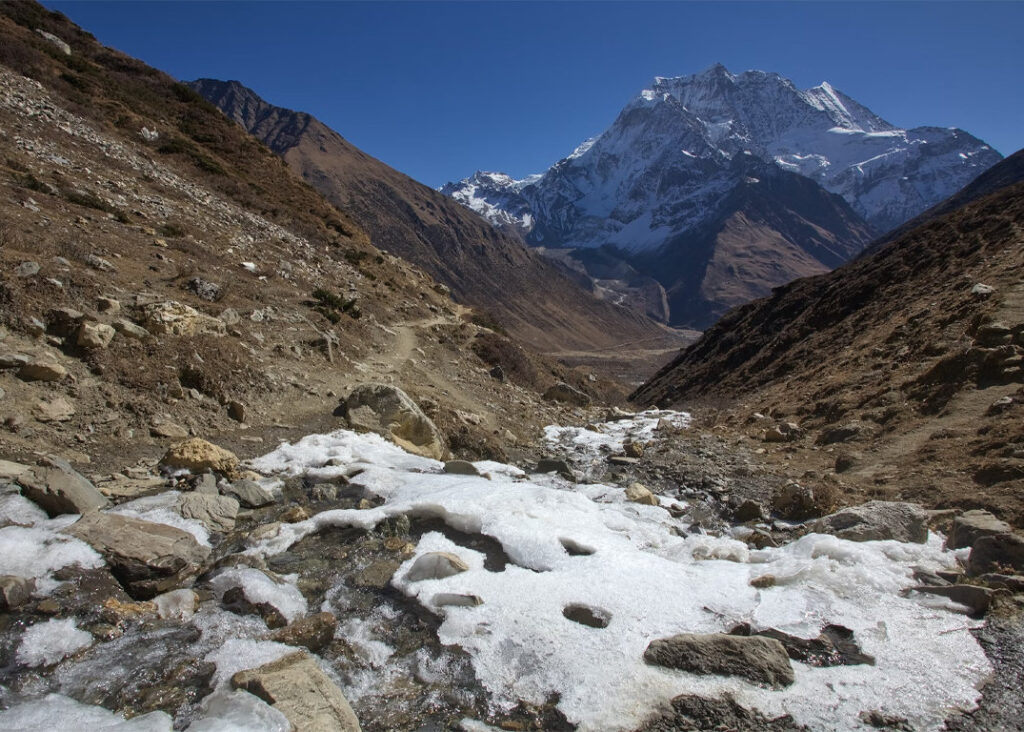
The air is crisp, and the surrounding peaks, including Manaslu itself, are often visible in their full glory. Autumn also coincides with the harvest season, allowing trekkers to witness the vibrant festivities and cultural celebrations of the local communities.
Manaslu Circuit Trek Weather in Winter (December to February)
Winter transforms the Manaslu Circuit into a winter wonderland, with snow-dusted landscapes, frozen waterfalls, and a serene atmosphere. The temperatures can vary significantly, ranging from -15°C to 10°C, depending on the altitude.

The higher passes, such as the Larkya La Pass, may be challenging and require mountaineering experience. However, with the right equipment and preparation, winter trekking in the Manaslu region can be a rewarding and unique experience for seasoned adventurers.
Highlights of Manaslu Circuit Trek
Here are some highlights of the Manaslu Circuit Trek:
Spectacular Mountain Views
The trek provides breathtaking views of snow–capped peaks, including Mount Manaslu itself (8,163 meters).
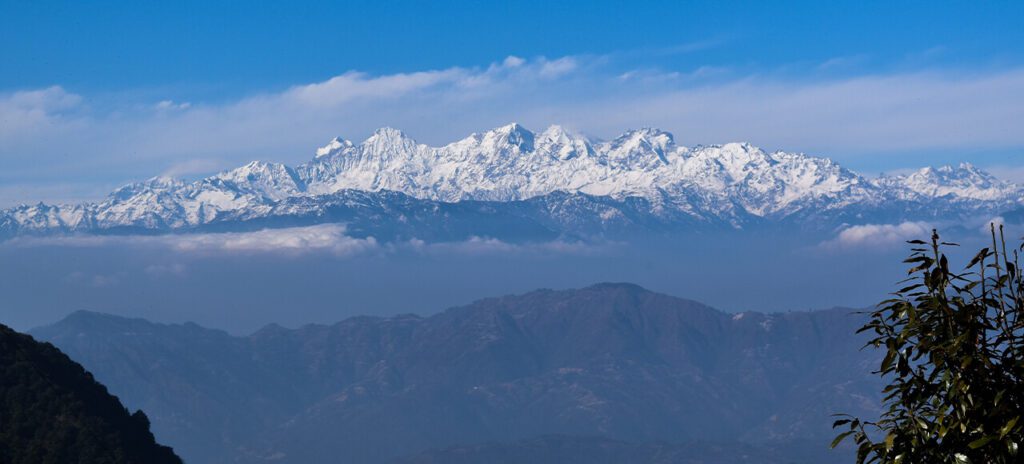
You’ll also get glimpses of other prominent peaks such as Himlung Himal, Cheo Himal, Ngadi Chuli, and Ganesh Himal.
Remote and Untouched Beauty
The Manaslu region is relatively untouched and less crowded compared to popular trekking routes like Everest or Annapurna. You’ll encounter pristine landscapes, deep gorges, terraced fields, and traditional villages that showcase authentic rural life.
Read: Manaslu Circuit Trek Difficulty and Permits
Cultural Immersion
The trek takes you through several traditional villages inhabited by ethnic communities like the Gurungs, Tamangs, and Tibetans.

You’ll have opportunities to interact with the locals, visit monasteries, and witness their unique traditions, customs, and religious practices.
Larkya La Pass
One of the most challenging and rewarding parts of the trek is crossing the Larkya La Pass. This high mountain pass offers panoramic views of the surrounding peaks and glaciers.

It is an exhilarating experience and a test of your physical endurance.
Diverse Landscapes
The Manaslu Circuit Trek traverses a range of landscapes, including lush green forests, terraced farmlands, alpine meadows, and rugged high–altitude terrain.

The ever-changing scenery keeps the trek exciting and offers a variety of natural beauty.
Suspension Bridges
The trek features several thrilling suspension bridges that span deep gorges and roaring rivers.
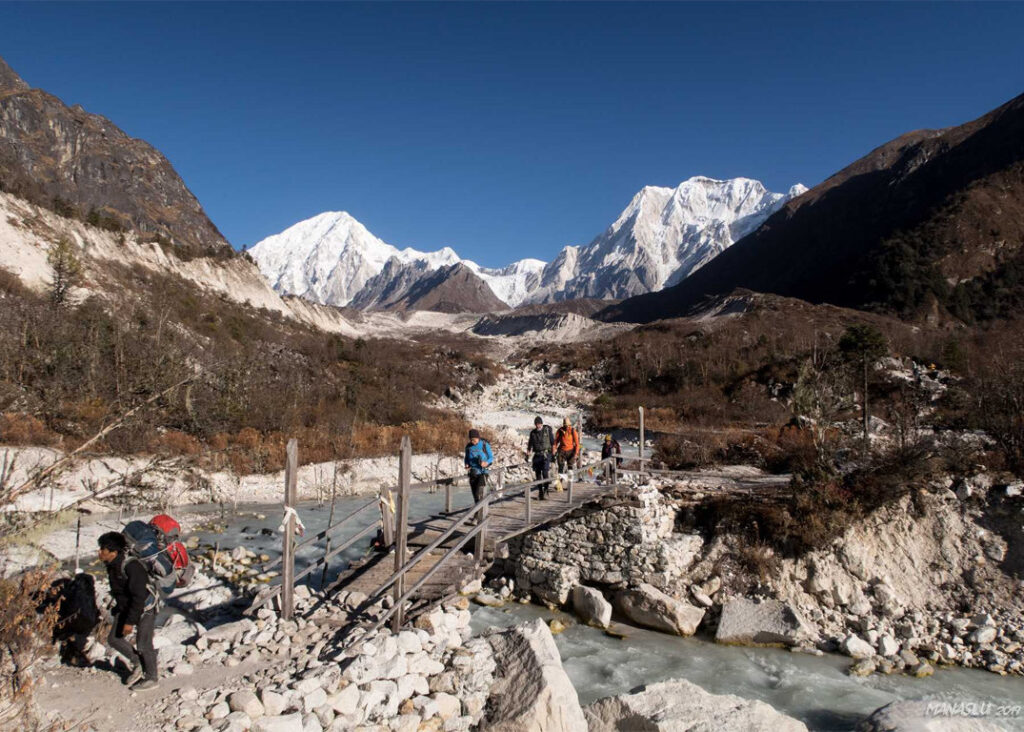
Crossing these bridges adds an element of excitement and adventure to the trekking experience.
Homestay Experience
Along the trail, you have the opportunity to stay in traditional homestays in the local villages. This allows for a more immersive cultural experience, as you get a chance to live with local families, taste authentic Nepali cuisine, and learn about their daily lives.
Hot Springs
After days of trekking, you can relax your muscles and rejuvenate yourself in the natural hot springs at Tatopani.
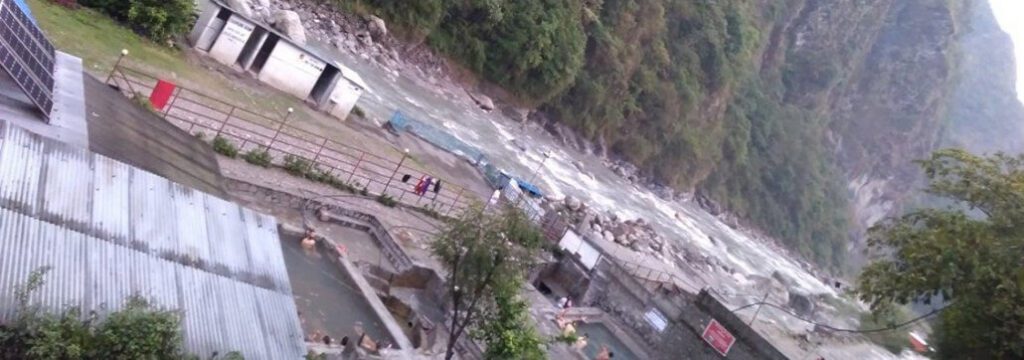
These mineral–rich hot springs are known for their therapeutic properties and are a welcome respite on the journey.
Tips for Manaslu Circuit Trek
Here are some tips to help you make the most of your Manaslu Circuit Trek:
Choose the right time to trek
The best time to do the Manaslu Circuit Trek is during the spring (March to May) and autumn (September to November) seasons. These months offer pleasant weather, clear skies, and favorable trekking conditions.
Also Check: Best Time to do Manaslu Circuit Trek
Winter and monsoon seasons are less recommended due to extreme cold and high rainfall respectively.
Acclimatize properly
The Manaslu Circuit Trek reaches high altitudes, so it’s crucial to acclimatize properly to avoid altitude sickness.

Take your time during the trek, allowing your body to adjust to the increasing altitude. Plan rest days in higher elevations to allow for acclimatization and drink plenty of water to stay hydrated.
Hire a licensed guide or porter
It’s highly recommended to hire a licensed guide or porter for the Manaslu Circuit Trek. A guide will not only assist you with navigation but also provide valuable insights into the local culture, and traditions, and ensure your safety. A porter can carry your heavy backpack, allowing you to trek with more ease and enjoy the journey.
Pack essential gear
Ensure you have appropriate trekking gear such as sturdy hiking boots, comfortable clothing in layers, a warm sleeping bag, a waterproof jacket, gloves, a hat, sunglasses, sunscreen, a headlamp, and a good quality backpack.

Packing light but essential items is essential to keep your load manageable.
Be prepared for unpredictable weather
The weather in the mountains can be unpredictable, so be prepared for sudden changes. Carry a waterproof and windproof outer layer and layer your clothing to adjust to temperature variations.

It’s advisable to carry a small first aid kit with basic medications and supplies.
Train and prepare yourself
The Manaslu Circuit Trek is physically demanding, requiring good fitness levels. Prior to the trek, engage in regular cardiovascular exercises, such as hiking, jogging, or cycling, to build stamina. Strengthen your leg muscles through squats, lunges, and stair climbing.
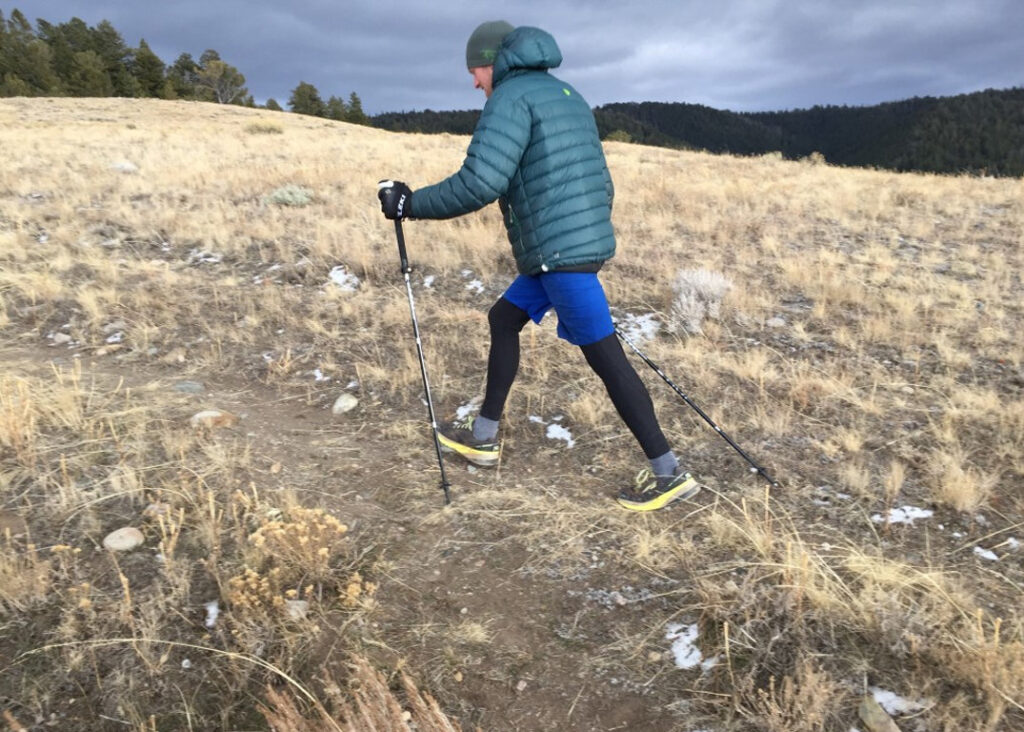
Training and preparation will enhance your trekking experience.
Carry extra cash
While some tea houses and lodges accept credit cards, it’s advisable to carry enough cash in Nepali rupees for the duration of the trek. There are limited ATMs available along the route, and they may not always be in working condition. Cash will be necessary for food, accommodation, and any unforeseen expenses.
Stay aware of the symptoms of altitude sickness
Altitude sickness can be a serious concern during the Manaslu Circuit Trek. Be familiar with the symptoms, such as headaches, dizziness, nausea, loss of appetite, and difficulty breathing. If you experience severe symptoms, descend to a lower altitude immediately and seek medical assistance.
Let our expert team at Asian Heritage Treks and Travel take care of everything — from guided tours to personalized packing tips and travel arrangements.
Plan My Manaslu Trip







